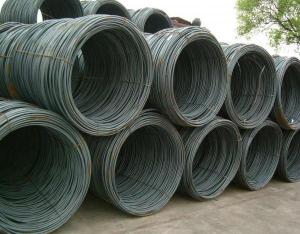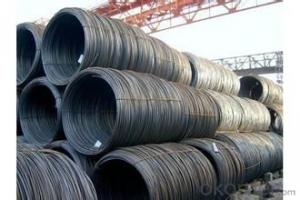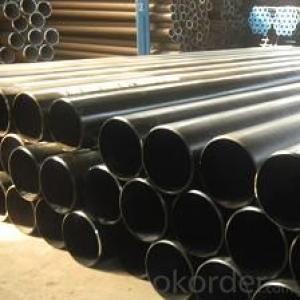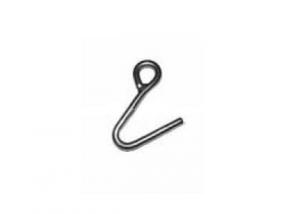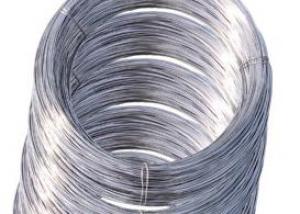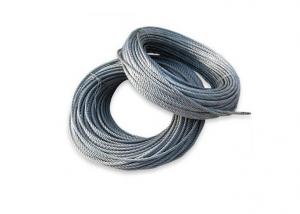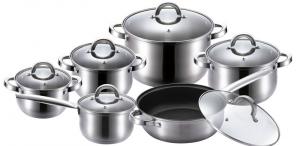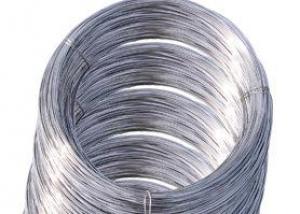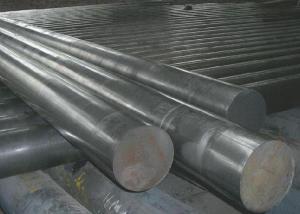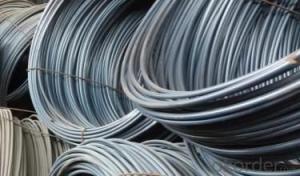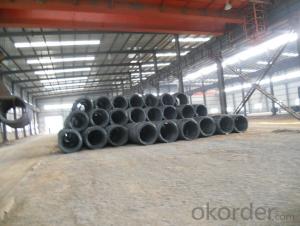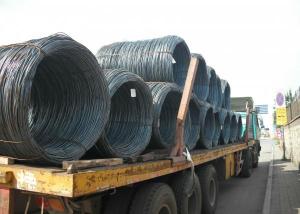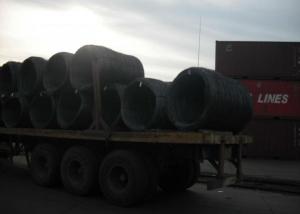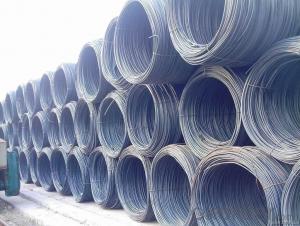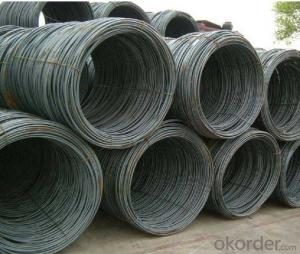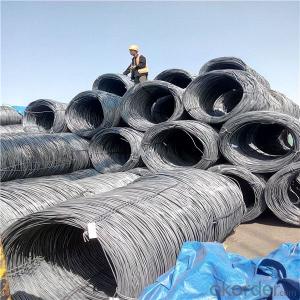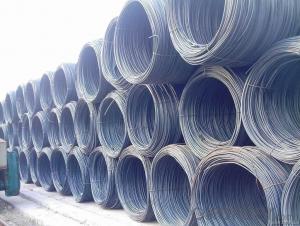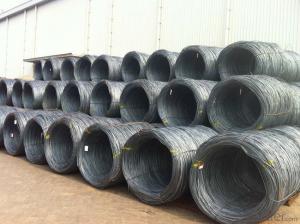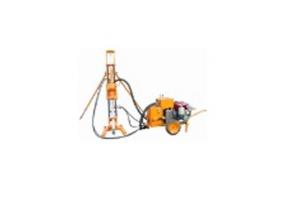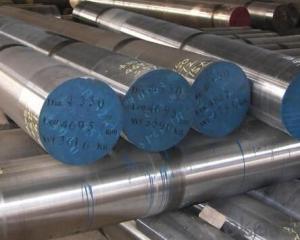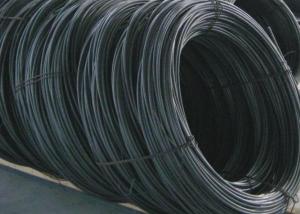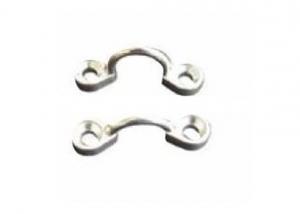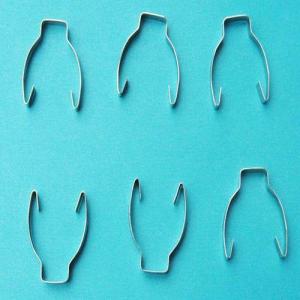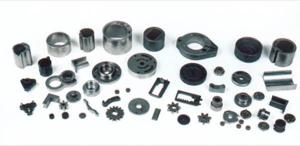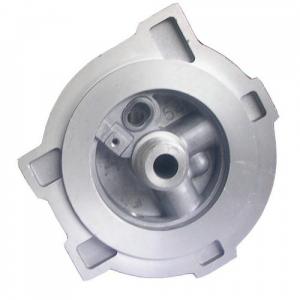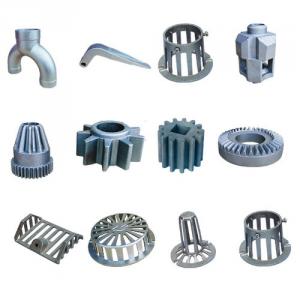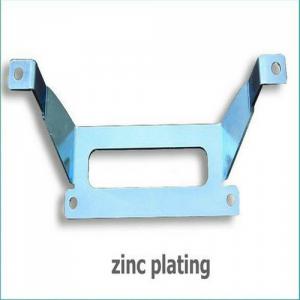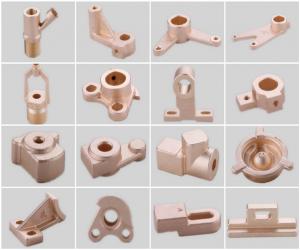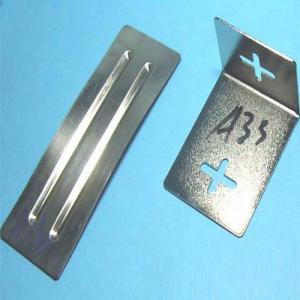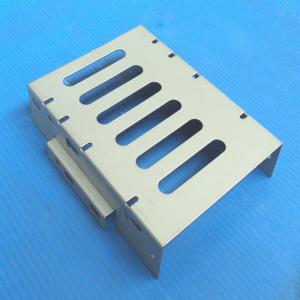Hollow Stainless Steel Rod
Hollow Stainless Steel Rod Related Searches
Stainless Steel Rods Stainless Steel Closet Rod Stainless Steel Guide Rod Stainless Steel Tig Rod 1 2 Stainless Steel Rod Stainless Steel Filler Rod Stainless Steel 1/2 Rod 1 4 Stainless Steel Rod Stainless Steel Brazing Rod 1/4 Stainless Steel Rod Stainless Steel Curtain Rods Stainless Steel Hook 316 Stainless Steel Rod Stainless Steel 1/8 Rod Stainless Steel Rod 1 4 Stainless Steel Hole Saw 1/8 Stainless Steel Rod 1 8 Stainless Steel Rod Stainless Steel Door Stainless Steel Brazing Rods Stainless Steel Lid 3/8 Stainless Steel Rod Rust Stainless Steel Stainless Steel Rod 3/16 Stainless Steel Rust Stainless Steel Hardware Stainless Steel Hooks 3 8 Stainless Steel Rod Stainless Steel Roaster Stainless Steel StrapHollow Stainless Steel Rod Supplier & Manufacturer from China
Hollow Stainless Steel Rod is a versatile product that is widely used in various industries due to its corrosion resistance and strength. This type of rod is made from stainless steel, which is an alloy that contains a minimum of 10.5% chromium, and is known for its ability to withstand harsh environments without rusting. The hollow design of these rods allows for a range of applications, from structural support to fluid transfer systems.Hollow Stainless Steel Rod finds its application in numerous industries, including construction, automotive, aerospace, and medical equipment. Its hollow structure makes it ideal for applications where weight is a concern, as it provides the necessary strength while reducing overall material usage. Additionally, the hollow design allows for the passage of fluids or gases, making it suitable for use in pipelines, hydraulic systems, and other fluid transfer applications. The versatility of hollow stainless steel rods makes them a popular choice for a variety of engineering and design projects.
Okorder.com is a leading wholesale supplier of Hollow Stainless Steel Rod, offering a vast inventory to cater to the diverse needs of customers. With a commitment to quality and customer satisfaction, Okorder.com ensures that the hollow stainless steel rods they provide meet the highest industry standards. Their extensive inventory allows customers to find the exact specifications they require, making Okorder.com a reliable source for this essential product.
Hot Products

